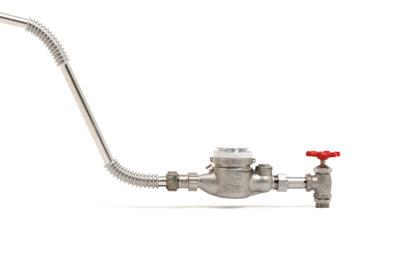
2 minute read
Editorial Water solutions
Universal and equitable access to safe and affordable drinking water by 2030 is the United Nations’ sixth sustainable development goal. But according to a recent report from UN-Water1, the consequences of urban growth mean that too many people are still missing out. Since 2000 there has been an estimated 50% increase in urban populations without access to clean water. To secure SDG 6 there will need to be a four-fold increase in effort and investment globally.
In China, urban dwellers now account Degree of urbanisation in China from 1980 to 2019 for over 60% of the population, up from 70%
Advertisement
Share of urban population 60% 50% 40% 30% 20% 10% just 36% in 2000. And between now and 2050, China is projected to add a further 225 million people to its urban population2 . The challenge of providing water to a 1980 1985 1990 1995 2000 2005 2010 2011 2012 2013 2014 2015 2016 2017 2018 2019 growing urban population is daunting enough but it’s exacerbated by the need to renew aging systems from earlier urbanisation campaigns. On top of that, the need to eliminate leaks, reduce waste and improve water quality means a close focus on material performance for the long term. Housing for the new urban population is often in tower blocks and ensuring a hygienic supply of water to the upper fl oors is being assured by secondary water systems. In this edition of Nickel read about how China is tackling the dual issue of combatting water losses and delivering clean water to high-rise apartments with nickel-containing stainless steel. Nickel’s role in securing safe water for a sustainable future in China and elsewhere is mirrored in technologies for using water in our low carbon transition. Nickel will play a vital role in producing green hydrogen by electrolysis from renewable energy to produce a fuel whose only byproduct is...water. Whether we drink it, use it to make green energy, or transport our goods upon it, water has a story intimately woven with nickel. Clare Richardson Editor, Nickel Innovative practices and technologies for water and sanitation will be an important part of achieving SDG 6. Sustainable and affordable success will come with leak-free, resilient and durable systems, like those being introduced in China, with nickel.

1 UN-Water, 2020: Summary Progress; Update 2021 – SDG 6 – water and sanitation for all. Version: 1 March 2021. Geneva, Switzerland. 2 https://www.un.org/development/desa/ en/news/population/2018-revision-ofworld-urbanization-prospects.html







